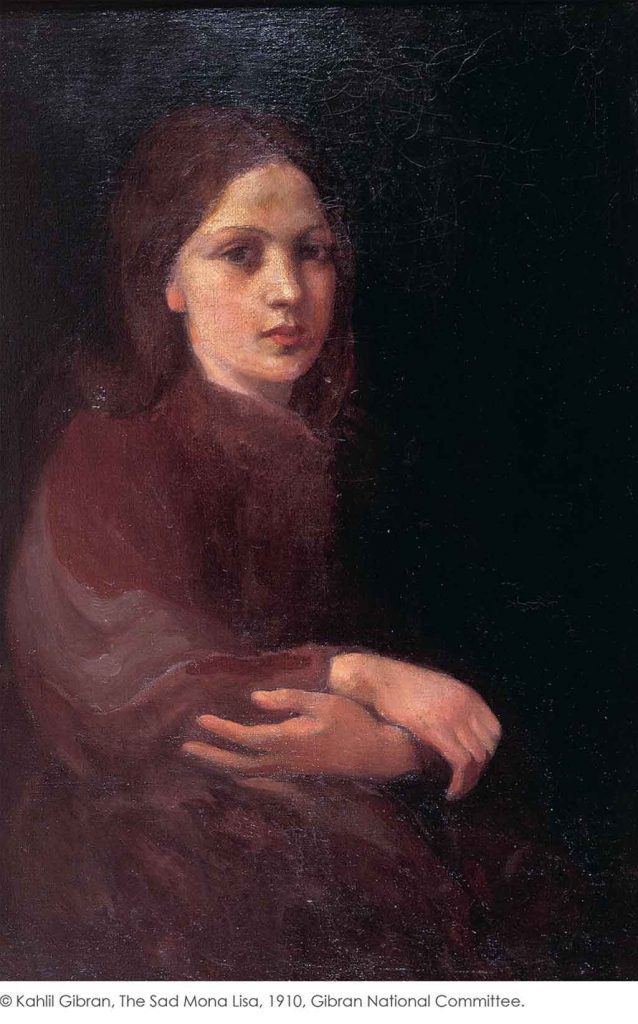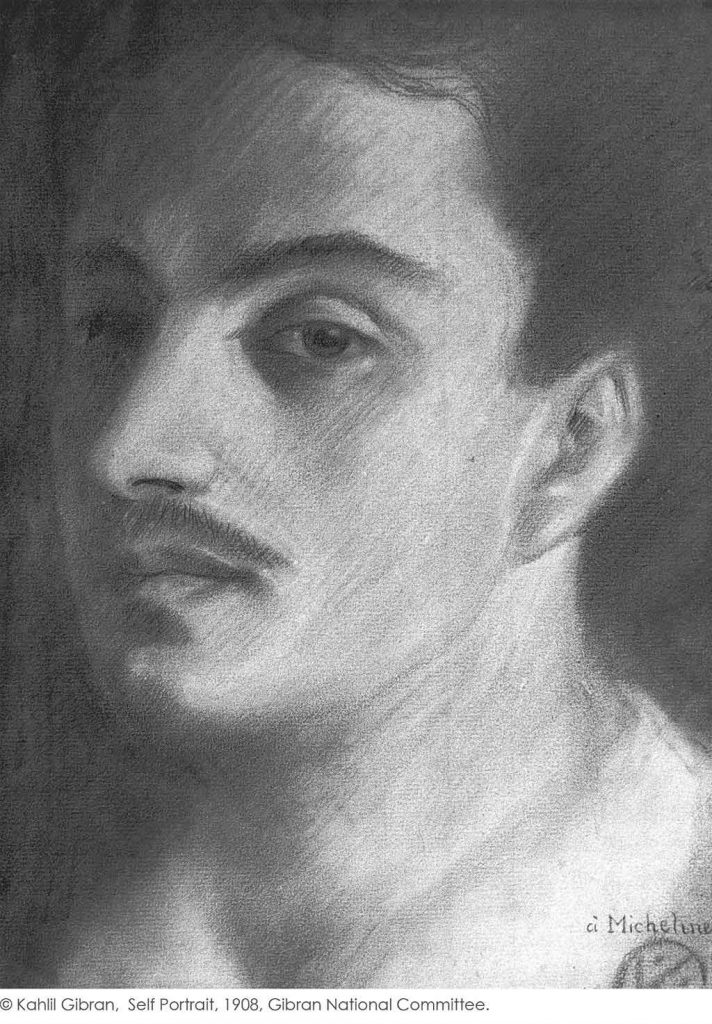“One of my dearest dreams is this – somewhere, a body of work, say fifty or seventy-five pictures will be hung together in a large city, where people would see and perhaps love them.”
– Kahlil Gibran
On October 7, the Sharjah Art Museum inaugurated a splendid and unique exhibition Drawings of Gibran: A Humane Perspective in collaboration with the Gibran National Committee (GNC) in Lebanon, the exhibition, which is free to enter, will run until December 10 2015.
The first of its kind, the exhibition is a magnificent opportunity for the audience to acquaint themselves to the works of Gibran and the distinctive perspective he brings in as an artist. The exhibition was inaugurated by H.E Sheikh Khaled Bin Abdullah Bin Sultan Al Qasimi, Chairman of the Department of Seaports and Customs.
“I was quite surprised to witness the exhibition being carried out on such a large scale in Sharjah. It was great to see the artworks personally. I think what the Sharjah Museum is doing is commendable, by bringing in such rare pieces of work the museum is providing art-enthusiasts across UAE an opportunity to discover more about the artist and his work”
says Khalil Abdul Wahid, Visual Arts Manager, Dubai Culture.
Who was Kahlil Gibran?
Born in the town of Bsharri in the Mount Lebanon Mutasarrifate, Ottoman Empire (north of modern-day Lebanon), as a young man Gibran immigrated with his family to the United States, where he studied art and began his literary career, writing in both English and Arabic.
In the Arab world, Gibran is regarded as a literary and political rebel. His romantic style was at the heart of a renaissance in modern Arabic literature, especially prose poetry, breaking away from the classical school. In Lebanon, he is still celebrated as a literary hero.
He is chiefly known in the English-speaking world for his 1923 book The Prophet, an early example of inspirational fiction including a series of philosophical essays written in poetic English prose. The book sold well despite a cool critical reception, gaining popularity in the 1930s and again especially in the 1960s counterculture. Gibran is the third best-selling poet of all time, behind Shakespeare and Laozi.
During his teenage years, Gibran’s introduction to publisher and photographer Fred Holland Day proved to be influential. Day exposed Gibran to the art of the Pre-Raphaelites and the Aesthetes, as well as to contemporary literary movements. This early exposure had a lasting effect on Gibran, and it would shape his creative works throughout his life. In fact, it was during Gibran’s first public exhibition in Fred Holland Day’s studio that he met Mary Haskell, the woman who would become his most ardent supporter.
“To me the picture s all one- from edge to edge it says one thing. The whole form of the picture and all the forms in it must say the same thing: many painters do not think in form – they think in color. A picture may be a harmony in color, yet a discord in form.”
Recorded by Mary Haskell in her Journal, November 9 2012
Gibran’s strokes as a painter
Gibran’s work incorporates components of two major late 19th-century art movements: Aestheticism and Symbolism. Like the Symbolists, Gibran strove to relay personal, often deeply spiritual feelings in visual form. Similar to the Aesthetes, he sought beauty and poetry in all things as an antidote for the rampant materialism of the world around him. Gibran’s quest for humanity’s eternal and undeniable truths is a consistent theme linking his literature and artwork.
Significantly, Gibran’s artwork, including paintings and drawings, has been incorporated into his collection of literary work.
In his art, Gibran utilized classic, idealized human figures, often nude, to express universal themes. Suggesting a link between the physical and spiritual realms, his otherworldly figures seem to float in midair, free of material bonds. The spiritual nature of Gibran’s figures is suggested through his use of soft, muted, and sometimes blurred outlines around them.
Gibran’s work also reflects a sense of romanticism, which accounts to the strong presence of the women around him and their influence in his creative spirits. In his own words, Gibran states that being able to understand women with the depth that he did, has contributed towards helping him develop further as an artist, he further recognizes the two most important women in his life who have often been the subject of his work – his mother and Mary Haskell.
“I hope that I shall always be able to paint pictures that will make people see other pictures (mentally) out beyond the left or right edge. I want every picture to be a beginning of another unseen picture.”
Kahlil Gibran to Mary Haskell October 29, 1911
Merge: Writing meets painting
“What stands out most about Gibran as an artist, is that all of his works of art are coherent in nature. Whatever he wrote as an a writer, he was able to translate the same perspective into his paintings, whatever he tried to speak through his colors, he was able to provide an elegant poise to it through poetry, none of his works are separate for one another, which is what makes them special.” Alya Al-Mulla, Curator of Sharjah Art Museum
Although having spent most of years as an artist in the western world, the young emigrant from Lebanon who came through Ellis Island in 1895 never became an American citizen: he loved his birthplace too much. But he was able to combine two heritages and achieved lasting fame in widely different cultures.
These two aphorisms from Sand and Foam convey Gibran’s message:
Faith is an oasis in the heart which will never be reached by the caravan of thinking.
“People who haven’t visited the Gibran museum will get to see a different side to Gibran, from how he saw himself in his self-portraits, how he viewed his family, and how he commented on the world around him through his art,” says Dr. Tarek Chidiac, President of the Gibran National Committee
Gibran reminds us that art truly does exist in perpetuity, his desire to communicate his thoughts to the world has triumphed against the waves of time, and that is what makes up the essence of art. He may have departed the world like all others, but his inimitable perspective has won his creative spirit the rewards of immortality as he continues to be celebrated all across the world.














